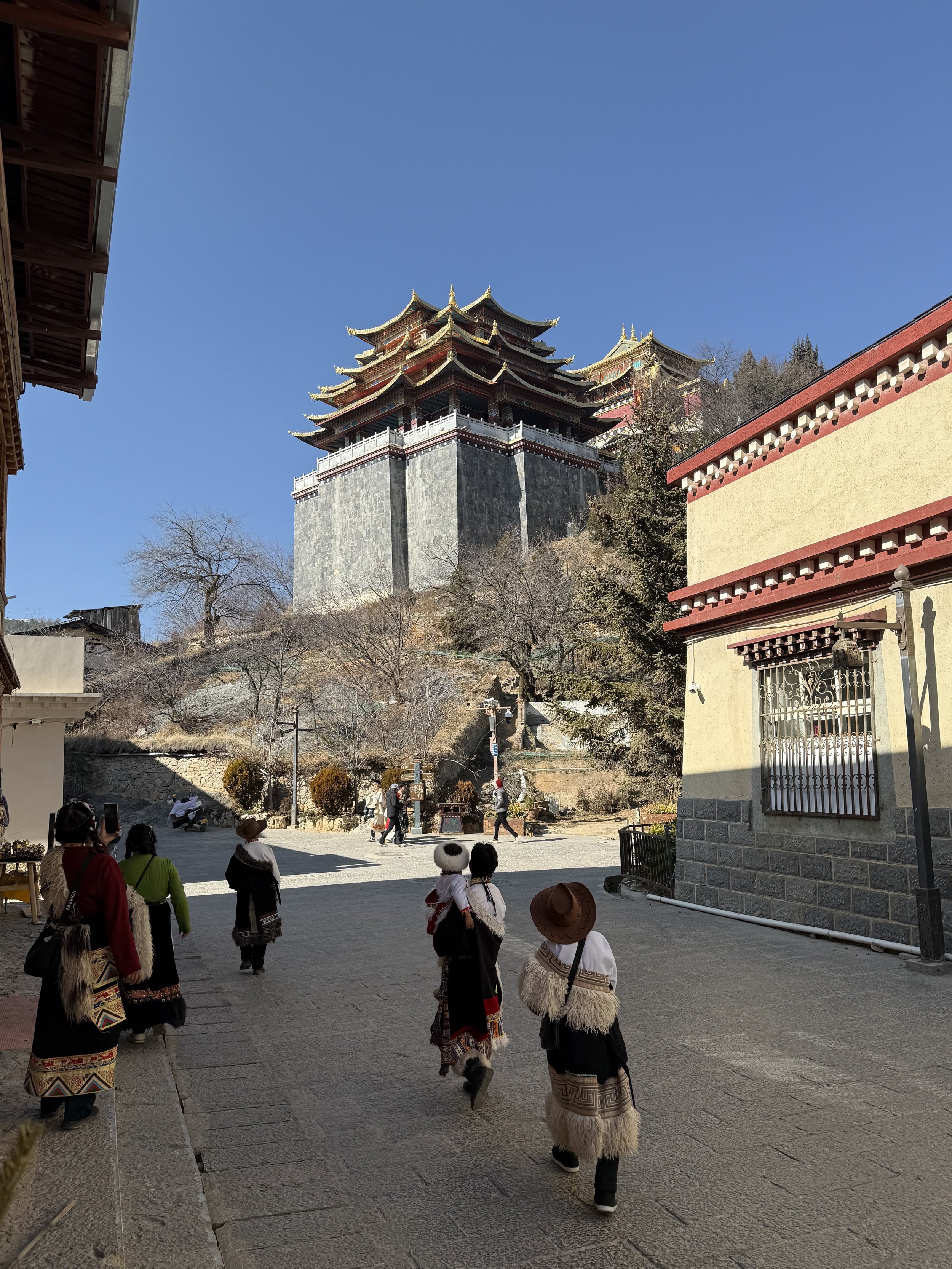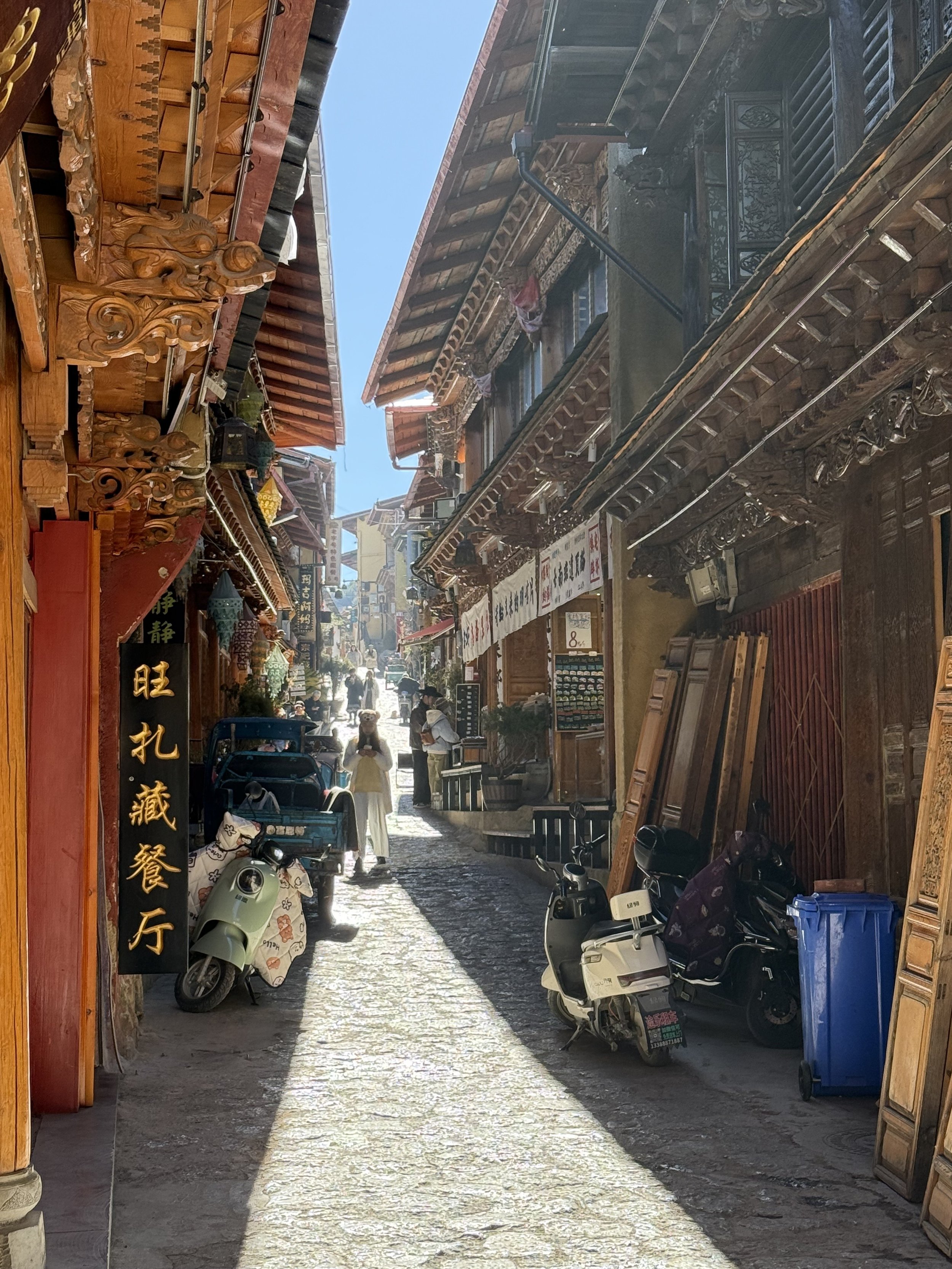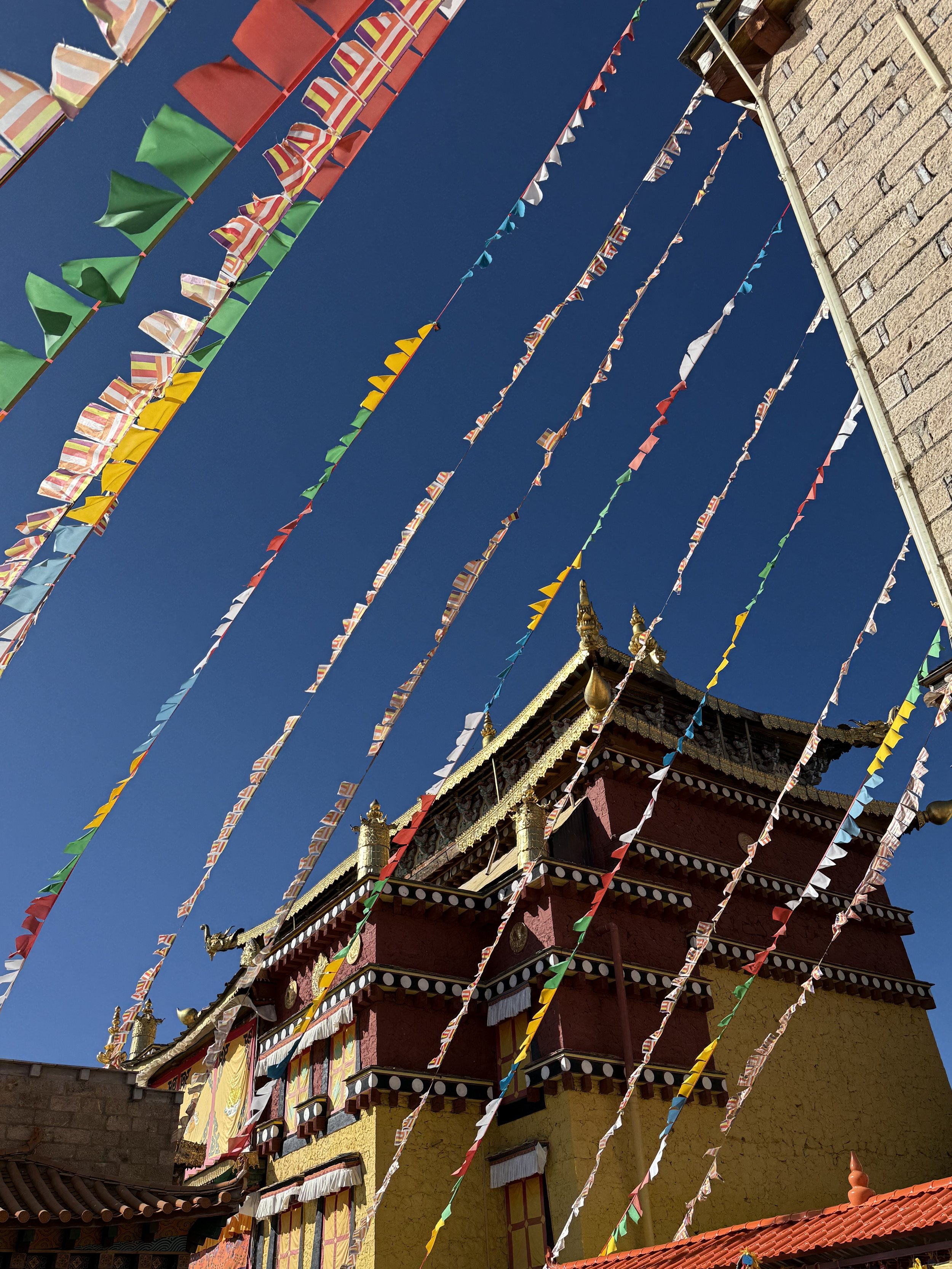The Power of Fiction: Shangri-La
Fiction has a unique type of magic that seeps into the real world, worming its way deeper into society’s collective unconscious until it becomes reality. Case in point: James Hilton’s Lost Horizon, a book first published in 1933. It didn’t just tell a story—it took a hammer and chisel to the map and invented a new place, Shangri-La: paradise on a page, a high-altitude utopia where time slows down, people live forever, and you’re always one cup of (very salty) butter tea away from enlightenment. It’s the kind of myth that wove its way into the world’s imagination and became a household name. The name stepped off the page and etched itself into reality, leaving footprints in city names, hotel chains, and the global imagination. And it all came from a novel.
We all know the luxury hotel chain borrowing the name and slapping it on properties from Paris to the Maldives. Infinity pools, bed sheet thread counts that could bankrupt a small country, and champagne breakfasts that scream opulence. But less is probably known about the book itself and the actual town (or city?) named Shangri-La.
Recently, I travelled to Shangri-La and read Lost Horizon while there. It got me thinking about how an imaginary place from a book has inspired so much and how all this came from a single work of fiction. So, naturally, I thought I’d write a little about both my experience and the book itself.
Let’s start with the book. The book’s name is actually Lost Horizon (not Shangri-La) and begins with a plane crash in the Himalayas. The survivors, led by the stoic and enigmatic Hugh Conway, stumble upon a hidden valley and lamasery, Shangri-La, nestled beneath towering peaks. Here, life unfolds at a dreamlike pace, free from the world’s chaos. The residents live to ages in excess of one-hundred and fifty years old, yet still look middle aged, and spend their days reading books, meditating, and enjoying the surrounding nature. The book itself is well written. Hilton’s prose is gentle yet vivid, painting a picture of eternal tranquility where people live in harmony and age with grace. This vision resonated deeply with a world reeling from war and economic despair, offering not just escapism but a beacon of hope. The writing actually seems quite fresh for being written in 1933 although the story is a little lacking in plot. Nonetheless, it has an intriguing premise and draws you in slowly and holds your attention.
Source: Penguin Books (Vintage)
Hilton invented the idea of Shangri-La, reportedly inspired by travel articles about various parts of the Himalayas. In particular, many believe he was inspired by the writings and adventures of Joseph Rock, an Austrian-American botanist. While others, including Hilton himself, cited the writings of Évariste Régis Huc, a French priest who travelled to Tibet in 1844.
Since then, various armchair and adventurous literary detectives have tried to track down exactly where the place lies or at least where Hilton based it on, citing locations from Pakistan to China. Consensus shows somewhere in China is the likely location, as the book references Tibetan and Chinese cultures living together. But this fact still doesn’t narrow it down too much as it could be anywhere in Western China. Although the book itself gives some hints. The following passage from the book suggests the group were flying somewhere along the Kunlun mountains, essentially in the Tibetan plateau.
“He guessed that the flight had progressed far beyond the western range of the Himalaya towards the less-known heights of the Kuen-Lun. In that event they would by now have reached the loftiest and least hospitable part of the earth’s surface—the Tibetan plateau.” James Hilton, Lost Horizon (1933)
Again this doesn't exactly narrow it down too much as the Tibetan plateau is vast. However, later in the book (without giving spoilers), Chongqing is described as being reasonably close, and there is also mention of accessing Shangri-La via Thailand. Although this would, presumably, also require travel through Burma (nowaday Myanmar) to get to China. So it would be reasonable to assume it is, theoretically, somewhere near the provincial borders of Yunnan, Sichuan, and Tibetan in China. There’s a theory on that too which I’ll mention later…
All this talk of the ‘imaginary’ Shangri-La and its location begs the question: If it’s an imaginary place, then how is it possible to visit it? And, didn’t you say you visited it just a few paragraphs above?
In 2001, the Chinese government undertook a bold rebranding by renaming Zhongdian County, part of the Diqing Tibetan Autonomous Prefecture in Yunnan Province, to Shangri-La. The decision was both audacious and inspired, leveraging the mystique of Hilton’s creation to attract tourists. The move transformed a modest mountain town into a destination for dreamers, adventurers, and those chasing the elusive promise of paradise. Although when I visited it was mostly local Chinese tourists who had flown into the local airport who made up the numbers. The majority of them were young, dressed up in local Tibetan attire for the day, and waltzed around the town with a professional photographer in tow, snapping photos. The old town consists of wooden Tibetan-style lodges with cobblestone streets with a hill in the middle which supports temples and a large golden prayer wheel. It’s very touristy but beautiful and a nice place to stay in a small guesthouse and stroll the narrow laneways. Snow-capped mountains can be seen in the distance, offering breath-taking scenery—though this may be due to its altitude of approximately 3,200 metres, which leaves you puffing and gasping for air. Around town, it’s common to hear Khams Tibetan and the Naxi language, mixed amongst Mandarin. I would say I heard more Tibetan and Naxi than Mandarin although perhaps I just paid more attention to the more unfamiliar sounding local languages.
Streets of Shangri-La old town (Dukezong Ancient Town).
Source: Lachlan Page ©
A Tibetan family overlook Guishan Temple in Shangri-LA old town.
Source: Lachlan Page ©
Laneways of Shangri-La old town (Dukezong Ancient Town).
Source: Lachlan Page ©
Outside the old town is a compact modern city with wide boulevards and large Tibetan-styled government buildings. But perhaps the most Shangri-La-esque aspect of the town is the Ganden Sumtsenling Monastery situated about 5 kilometres from the old town. It’s often referred to as Little Potala Palace in reference to its similarity to Tibet’s famous Tibetan Buddhist Monastery in Lhasa. A stunning place to witness, and intriguing place to visit and explore the number of large ceremonial halls and temples once you’ve climbed to the top. There’s plenty of adventure to be had in the surrounding wilderness, but perhaps (rebranded) Shangri-La’s real charm is wandering the cobblestoned laneways, saving your breath, and drinking hot chocolate by the indoor fire. Much like the fictional Shangri-La.
A monk walking below the Ganden Sumtsenling Monastery
Source: Lachlan Page ©
Tibetan prayer flags at the Ganden Sumtsenling Monastery.
Source: Lachlan Page ©
Tourists posing at the Ganden Sumtsenling Monastery.
Source: Lachlan Page ©
So is this rebranded Shangri-La the “real” Shangri-La that Hilton wanted to portray in his novel? Probably not. As was previously mentioned there have been a number of documentaries made on the subject, a sleuth of bookish detectives of which the most plausible and most convincing is Ted Vaill, an American lawyer who spent decades investigating Hilton’s sources for his novel. He hypothesised it to be a lamasery in the Muli Tibetan Autonomous County, a few hundred kilometres from the Chinese dubbed “Shangri-La” that I visited. However, he was pleased the Chinese government had chosen rebranded Diqing as their touristic Shangri-La as it has meant the hidden Muli valley area has been kept off the tourist radar.
Back to the book and its enduring legacy, Hilton masterfully blends escapism with a profound commentary on the human condition in Lost Horizon. The novel’s Shangri-La isn’t just a refuge; it’s a mirror reflecting our deepest desires for simplicity, harmony, and longevity. As Conway (the main character) discovers, the valley’s secret isn’t just its isolation or beauty—it’s the way it prioritizes balance over ambition, contentment over conquest. Something that might reflect the Depression years in which it was written. Something that might be appealing in today’s world too, almost one hundred years later.
So while my trip to Shangri-La wasn’t as adventurous or meditative as the fictional Shangri-La, it could be seen as a reminder of the power novels have to blur the lines between fiction, reality, and myth. Nowhere is this clearer than in the (rebranded) Shangri-La where Hilton's fiction leapt off the page and etched itself into reality, spawning a legend that continues to captivate the world. From the pages of Lost Horizon to a tangible destination in Yunnan province in China, it stands as a testament to the power of storytelling to shape the world around us. And if you do make the trek to the physical, rebranded Shangri-La, order your yak butter tea with a little sugar (just trust me on this) and try the yak hot pot.
Oh, and fun fact: There is a Shangri-La Hotel in Shangri-La.







